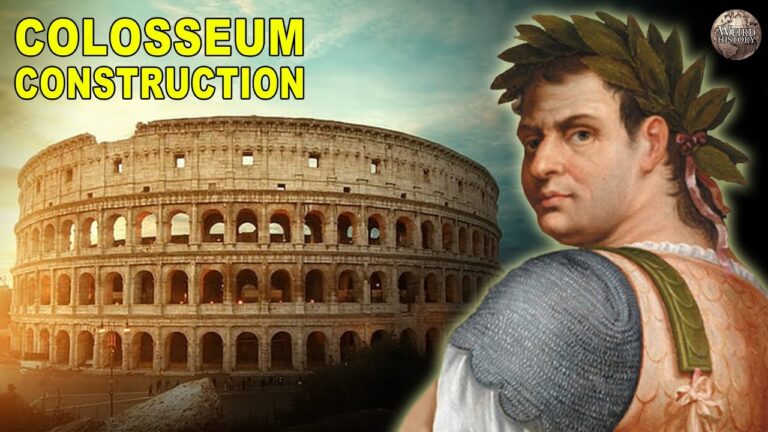The Roman Colosseum is a stunning feat of architecture, and it is one of the most iconic structures in the world. Built in the first century AD, it was the largest amphitheatre of its time and could seat up to 50,000 people. It was used for gladiatorial contests, public spectacles, and even executions. Its construction was a massive undertaking and required the use of advanced engineering and construction techniques.
Design and Construction
The Colosseum was designed by the Roman emperor Vespasian and his son Titus. It was built using concrete and stone, and the walls were decorated with marble. The structure was divided into four tiers, each of which was divided into sections by curved walls. The walls were supported by arches and pillars, and the roof was made of wood and covered with canvas. The arena was surrounded by a moat filled with water, which was used to separate the spectators from the gladiators.
Engineering Innovations
The Colosseum was an impressive feat of engineering. Its curved walls and arches were designed to create a strong, stable structure. The architects also incorporated a number of innovations, such as drainage systems and elevators, to ensure that the Colosseum could accommodate large crowds. The structure was designed to be easily repaired, and the walls were reinforced with iron bars to prevent them from collapsing.
Uses of the Colosseum
The Colosseum was used for a variety of events, including gladiatorial contests, public spectacles, and executions. It was also used for chariot races and animal hunts. The arena was divided into sections, and each section was assigned a specific type of event. For example, the lower section was used for executions, while the upper section was used for chariot races. The Colosseum was also used as a site for public meetings and religious ceremonies.
Decline and Restoration
The Colosseum fell into disrepair after the fall of the Roman Empire. It was damaged by earthquakes, and much of the stone and marble was taken away for other building projects. In the 18th century, the Colosseum was restored and opened to the public. Today, it is one of Rome’s most popular tourist attractions.
Conclusion
The Roman Colosseum is a remarkable structure and a testament to the engineering and construction techniques of the Roman Empire. It was used for a variety of events, from gladiatorial contests to public meetings, and its design has been studied and admired for centuries. Today, it stands as a reminder of the greatness of the Roman Empire.
